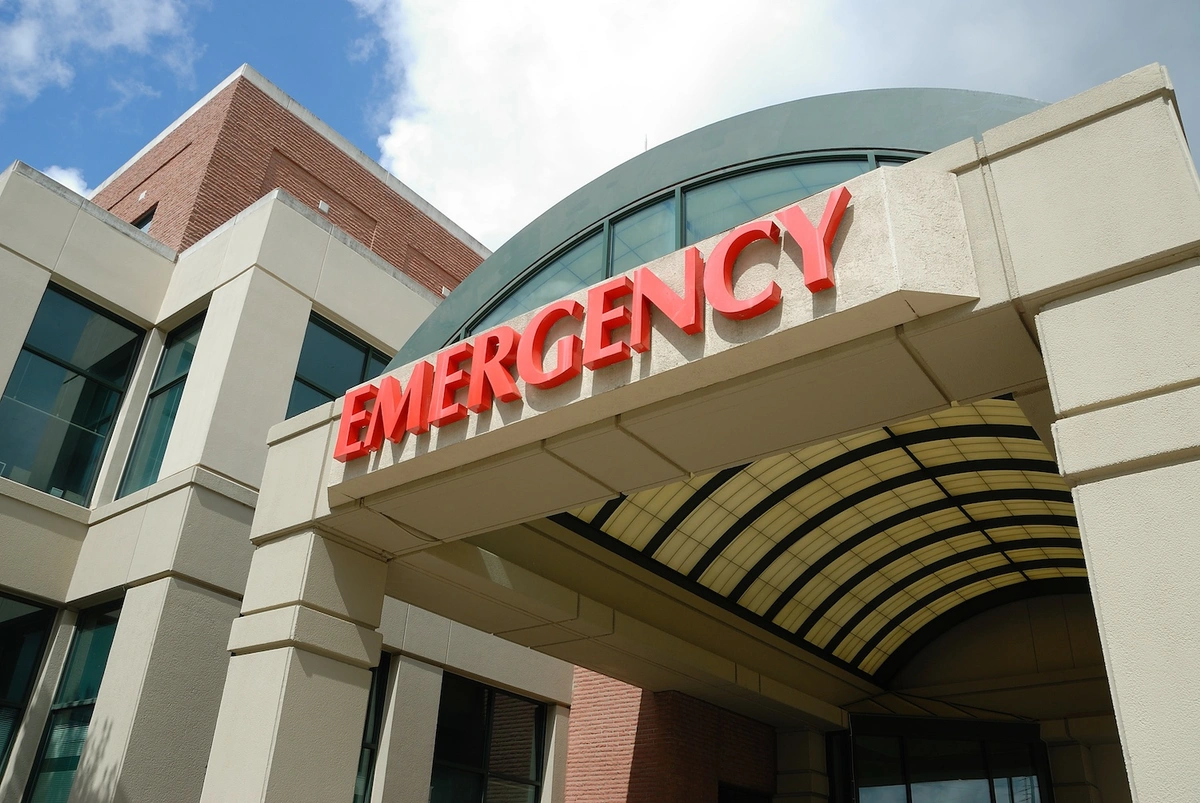
Emergency Care vs Urgent Care with Medicare
Most people understand emergency care, which can range from minor injuries like sprained ankles to more serious conditions requiring immediate attention. Recently, urgent care centers have emerged as a cost-effective alternative for non-life-threatening conditions. Under Medicare, both emergency and urgent care services are typically covered under Medicare Part B, also known as outpatient care, where patients usually pay 20% of the expenses.
Those enrolled in a Medigap plan, such as Plan G, might find the costs relatively straightforward: Medicare pays its 80% share, and the Medigap plan covers the remaining expenses. The only thing you’d be responsible for under Plan G is the Part B deductible.
However, as Medicare Advantage plans gain popularity among more than 30% of enrollees, understanding the distinctions between emergency and urgent care becomes important if you want to maximize potential savings in situations when you need medical treatment.
Today, we’re going to explain how urgent care and emergency care are different and what you might expect to pay if you need this kind of care while on Medicare. Understanding how Medicare treats each scenario will help you make better decisions about where to go when an emergency happens.
What Is Emergency Care?
Emergency care is intended for severe and potentially life-threatening situations. This type of care is vital if you experience something that could significantly harm you or prove fatal. For those enrolled in Medicare Advantage plans, which typically operate within HMO or PPO networks, accessing a network hospital during an emergency is beneficial. Nonetheless, in critical situations, the priority is to get to the closest hospital, regardless of whether it's within your network or even if you're traveling out of town.
Fortunately, Medicare Advantage plans have a provision that allows for worldwide emergency and urgent care coverage. The goal is for you not to worry about network boundaries in times of need but to prioritize getting the necessary treatment at the nearest medical facility. This ensures that in moments of crisis, your focus remains on receiving immediate care without the added stress of network restrictions.
What Is Urgent Care?
Urgent care facilities are designed for non-life-threatening medical issues that still require prompt attention. Consider a scenario where you have an accident in the kitchen on a Saturday night, resulting in a deep cut that might need stitching. In such cases, an urgent care clinic can offer the necessary treatment with typically lower copays and shorter waiting times than an emergency room, as they are not handling critical emergencies.
Medicare is widely accepted at many urgent care centers, and you'll find these facilities becoming more prevalent, especially in urban areas. They often offer extended hours, including late nights and weekends, to accommodate various schedules.
Staffed by medical professionals, including doctors, physician assistants, and nurses, urgent care clinics offer a range of services and diagnostic tests similar to a regular doctor's office. They are equipped to handle a variety of minor injuries and common illnesses, including but not limited to migraines, sinus infections, urinary tract infections, and more, providing a convenient option for immediate medical attention.
Cost Differences Between Urgent Care and Emergency Care
It should be no surprise that visiting an emergency room will cost more than if you go to an urgent care clinic. Be sure to read over your Medicare Advantage plan’s summary of benefits to find out what your copay will be in either of these settings.
If you have a Medigap plan, your cost will depend on which plan you have. As we mentioned earlier, if you have Plan G, your only cost will be the Part B deductible unless you’ve already met it for the calendar year. Other plans, like Plan N, will require a copay. An emergency room copay will cost up to $50, while an urgent care copay will only cost up to $20.
Regardless of which Medicare plan you have, take the time to understand your benefits so you can make smart decisions and save money on your healthcare expenses.
Next time you face a medical issue, evaluate the severity of the situation to determine if an urgent care clinic can appropriately handle your needs. Opting for urgent care over an emergency room for minor injuries or illnesses can not only save you time but also potentially reduce your out-of-pocket expenses. It's a practical alternative that provides adequate care for less critical conditions, allowing you to avoid the longer wait times typically associated with emergency room visits.
Still Have Medicare Questions?
Schedule a FREE Medicare plan consultation with an agent in your neighborhood.
Privacy and Security: Your privacy and security are extremely important to us. Your personal information is protected by our Privacy Policy
LocalMedicareSpecialists.com is privately owned and operated by LMS Insurance LLC. LocalMedicareSpecialists.com is a non-government resource for those who depend on Medicare, providing Medicare information in a simple and straightforward way.
We do not offer every plan available in your area. Currently we represent 11 organizations which offer 173 products in your area. Please contact Medicare.gov, 1-800-MEDICARE, or your local State Health Insurance Program (SHIP) to get information on all of your options.
